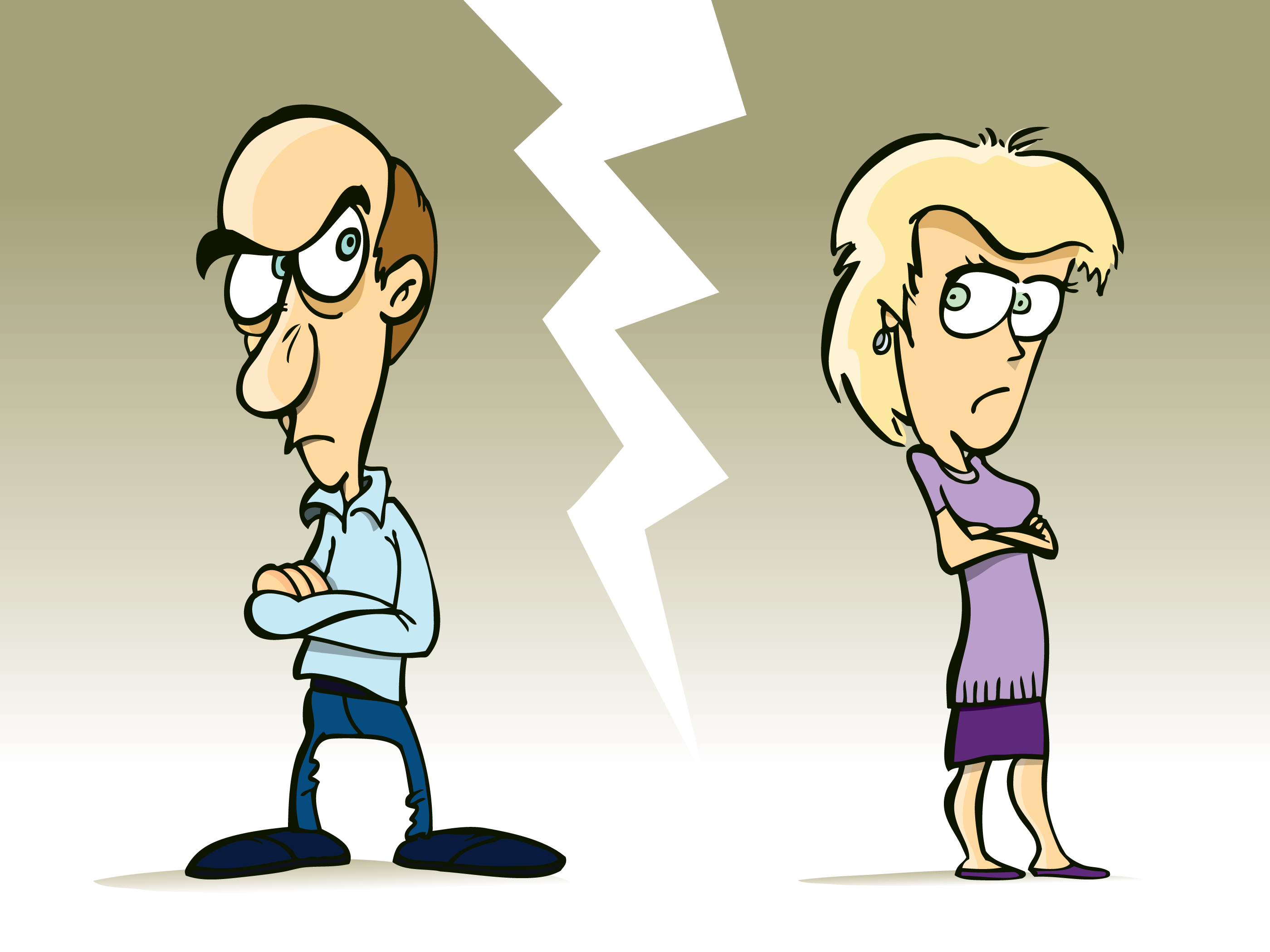PBI Ethics Program – A Baker’s Dozen of Hot Topics in Law Marketing & Advertising Ethics
For more than a decade, I’ve provided the Pennsylvania Bar Institute with an annual ethics program on a law marketing or advertising topic. Over the years I’ve focused on a different theme each year–starting with Internet marketing ethics in the late 90s to years where I’ve focused on Supreme Court cases, social media, rankings & ratings–whatever was new and “hot.” This year, I simply pick 13 current areas that have recently been addressed or still come into play.
This year’s program will likely change from the first presentation (April) to the second and third compliance period presentations in August and December. However, there are plenty areas of interest to go around. Included in this year’s program is discussion of trade names, websites, blogs, social media, Groupons, specialization, ratings & rankings, direct mail, mobile marketing, video and whatever new ethics opinion comes across my desk this week.
In April, I will present live for PBI in Pittsburgh on April 24 and home in Philadelphia on April 26. Check the PBI website for video replays and additional live dates later in the year.
 Marketing Attorney Blog
Marketing Attorney Blog






 In this month’s Law Practice magazine, my colleague and alternating “marketing columnist” Greg Siskind provides an outstanding primer on the benefits and how-to of
In this month’s Law Practice magazine, my colleague and alternating “marketing columnist” Greg Siskind provides an outstanding primer on the benefits and how-to of  Last month, at the invitation of Joshua Peck and the
Last month, at the invitation of Joshua Peck and the 